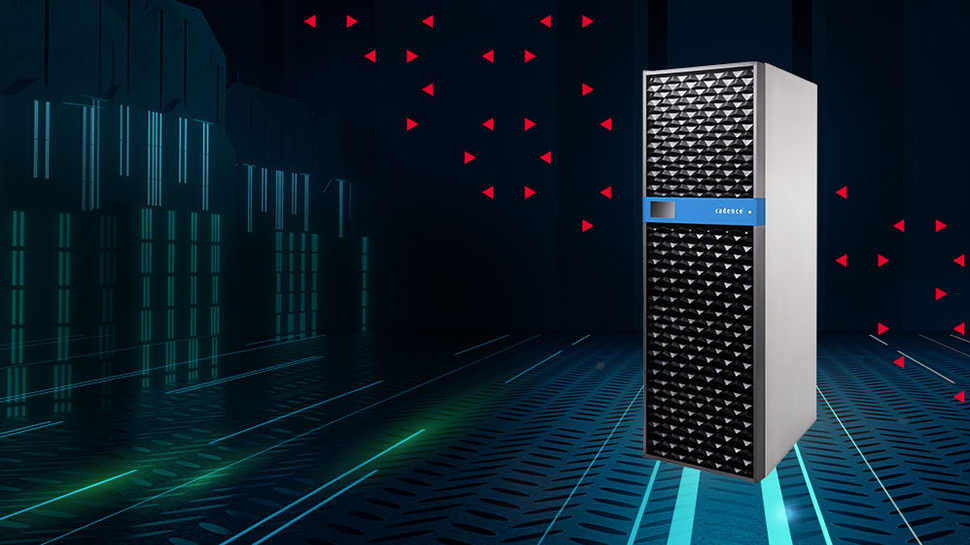UPDATE: Nvidia has just announced a significant breakthrough in GPU technology with the unveiling of its new Rubin GPU, featuring a cutting-edge Dynamic Power Analysis (DPA) tool from Cadence Design Systems. This innovation is set to revolutionize how power consumption is modeled across chips with an astonishing 40 billion gates.
The DPA tool operates on the Palladium Z3 emulator, allowing engineers to conduct highly accurate simulations of energy use over billions of cycles within hours. This is crucial for AI accelerators like Rubin, which face varying workloads that can place extreme demands on different chip areas at different times. With potential power draws of 700W for a single die and up to 3.6kW for multi-chip setups, precise power modeling is more critical than ever.
As the AI chip war heats up, with AMD gearing up to launch its own competitor, the MI450, the stakes are high. Nvidia’s early simulations could help address potential bottlenecks before Rubin even enters production, slated for first samples in 2026 after TSMC’s recent 3nm N3P process tape-out in June.
The DPA app is designed to handle up to 48 billion gates, facilitating the chip-level estimation of peak and average power consumption. This capability enables developers to balance performance with efficiency, minimizing risks associated with underpowered or oversized networks. The Palladium Z3 platform utilizes Nvidia’s BlueField data processing unit and Quantum Infiniband networking to connect with the Protium X3 FPGA prototyping system, which incorporates AMD Ultrascale FPGAs for early software testing before silicon availability.
Cadence first introduced the DPA app in 2016, but the escalating complexity of AI processors has made such tools indispensable today. The insights gained from the Rubin project are expected to influence future consumer products as this technology matures.
In an era where AI GPU accelerators with 6TB HBM memory are projected to emerge by 2035, the demand for energy-efficient designs is paramount. The lessons learned through Rubin’s development will be crucial for navigating the growing challenges of power management as the industry moves forward.
Stay tuned for further updates as Nvidia prepares to face off against AMD’s latest innovations in the rapidly evolving AI landscape.
